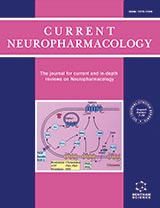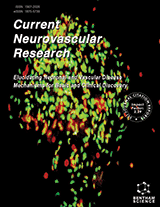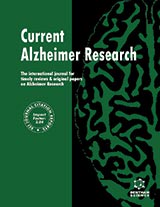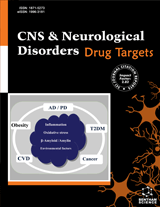Abstract
Prolyl oligopeptidase is unrelated to the serine peptidases of the classical trypsin and subtilisin families. It is implicated in a variety of disorders of the central nervous system, such as amnesia and different stages of depression. It has recently been demonstrated that the enzyme is involved in the lithium sensitive signal transduction coupled with depression. Thus prolyl oligopeptidase is an important target of drug design. Some inhibitors described as cognitive enhancers have entered clinical trials. An essential property of prolyl oligopeptidase is its selectivity, which is restricted to oligopeptides comprising not more than about 30 amino acid residues. The recent crystal structure determination of prolyl oligopeptidase (80 kDa) has shown that the enzyme contains a peptidase domain with an α / β hydrolase fold, and its catalytic triad is covered by the central tunnel of an unusual seven-bladed β-propeller. This domain operates as a gating filter, excluding large, structured pept ides from the active site. The binding mode of substrates and the catalytic mechanism differ in several features from that of the classical serine peptidases.
Keywords: prolyl oligopeptidedase, neurological disorders, amnesia, depression
 1
1

















